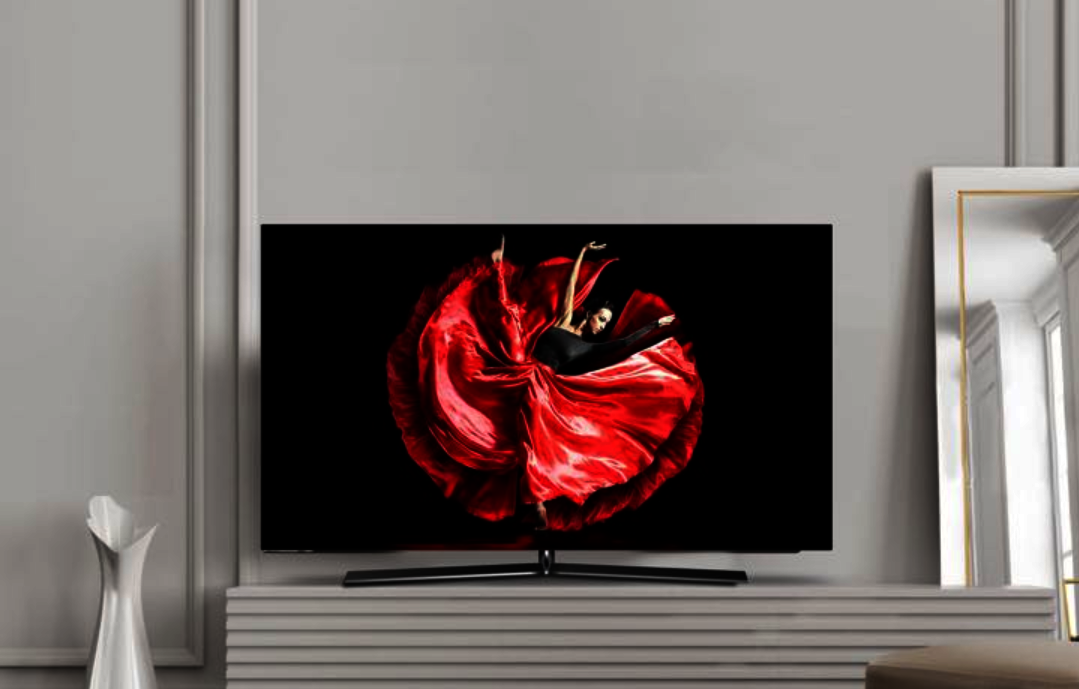Chinese brand Hisense has decided to retire its OLED TV lineup after just one year, and focus on its dual-LCD (ULED-XD) technology instead.

The company’s decision was first revealed by PC World, which said Hisense will not be releasing a successor to last year’s O8B OLED TV.
Rather, this year Hisense is laser-focused on its ULED-XD TVs, which are made up of two LCD panels fused together. The inner panel is a monochrome FHD LCD that serves the purpose of blocking light on images with low brightness, while the outer panel is a 4K full colour LCD. This fusion of two panels allows Hisense to create a much larger number of local dimming zones compared to traditional LCD TVs, making its ULED-XD TVs comparable with OLEDs, only at a much more affordable price. An early prototype of Hisense’s ULED-XD panels achieved over 2,900 nits of brightness for example, while delivering almost perfect contrast.
“We are currently focused on making ULED XD successful due to its strong PQ performance and value proposition vs OLED,” the company told Techradar in a statement last week.
Hisense, which launched its OLED TVs in the U.K. and Australia, has now reportedly abandoned its plans to sell them in the U.S.
That may not be such a bad idea. While Hisense probably deserves applause for bringing one of the first truly affordable OLED TVs to market, HDTVTest’s review shows the O8B simply didn’t provide the same image quality as a comparable OLED TV from LG Electronics.
Given that most consumers who buy OLED TVs probably do so for their superior quality, it seems reasonable to assume that Hisense’s O8B range perhaps didn’t do as well as the company had hoped, though that’s just speculation of course.
In any case, Hisense’s decision to abandon OLED is a pretty bold one considering that most other TV brands have moved in the opposite direction and started selling their first such models this year.
But then again, Hisense isn’t alone in shunning OLED. Samsung is the most notable hold out, arguing instead that its Quantum Dot QLED TVs achieve a comparable level of contrast while delivering higher brightness at the same time.